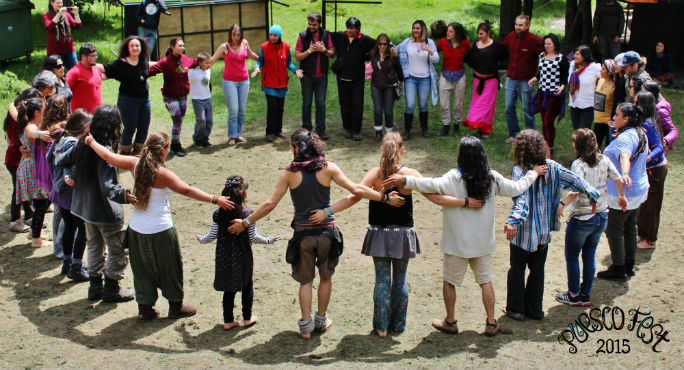
Instead, the ST establishes a single shared multicast tree for all sources in the multicast group, whose root is called a core or Rendezvous Point (RP). Since the SBT establishes a shortest path tree for each source in the multicast group, routers need to maintain a multicast flow state for each source. In this way, multicast effectively saves network resources and improve bandwidth utilization compared with unicast.Īccording to the type of multicast tree established, multicast routing protocols can be categorized as Source-Based Tree (SBT) or Shared Tree (ST) based ones.

These services are more suitable to be implemented using the multicast technology, which transfers data from the source to all the destinations of a multicast group through a multicast tree and copies the multicast data only at the branch nodes of the tree. When using the unicast to implement these services, the repeated transmission of IP packets will waste a lot of bandwidth and increase the burden on servers. The CISCO Visual Network Index pointed out that by 2022, the global IP traffic will exceed the total amount over the past 32 years, reaching 396 EB/month, in which video, games, and multimedia applications account for more than 85%.

In particular, emerging services such as the Internet of Things (IoT) and Vehicle Networking also have a large number of one-to-many and many-to-many transmissions. With the development of network technology, many bandwidth-intensive applications, such as IPTV, video conferencing, online gaming, and remote education, require the network to deliver information to multiple destinations. Experimental results showed that our proposed multicast approach outperformed some other multicast methods in terms of core load, number of join requests, link load, traffic concentration, and routing state. Furthermore, we designed a path state-aware multicast tree node selection mechanism to achieve traffic load balancing by using low-load links more effectively. To avoid core overload and traffic aggregation, we presented a dynamic core management and selection mechanism, which can dynamically select a low-load core for each multicast service. For each multicast service, the mapping between the multicast service name and the addresses of multicast tree nodes is stored in the Name Resolution System (NRS). ILDM uses globally unique names to identify multicast services. In this paper, we propose an Identifier and Locator Decoupled Multicast approach (ILDM) based on Information-Centric Networking (ICN). Besides, most existing multicast protocols use the shortest path between the source or the core and each receiver to construct the multicast tree, which will result in traffic overload on some links. However, in ST-based multicast, all multicast sources need to send multicast data to a center node called a core, which will lead to core overload and traffic concentration. Due to the advantages in scalability, Shared Tree (ST) is more suitable for large-scale deployment than Source-Based Tree (SBT).


Many bandwidth-intensive applications (such as online live, online games, etc.) are more suitable for using multicast to transmit information.


 0 kommentar(er)
0 kommentar(er)
